
Introduction
Planting a tree in Scottsdale is a smart investment. Trees not only enhance the beauty of your yard, but they also provide shade. It also reduces energy bills and improves air quality. A well-placed tree can change your outdoor space into a safe and attractive one. It makes your home more enjoyable and valuable.
Despite the benefits, many new trees fail within their first few years. Often, the reasons are simple mistakes that homeowners unconsciously make. Even a healthy young tree can have a hard time growing in Scottsdale’s desert climate. The extreme summer heat, dry air, alkaline soil, and sudden storms make it tough for trees to stay healthy.
Planting a tree may seem as simple as digging a hole, placing the tree, watering it, and walking away. But in the desert, successful tree planting requires knowledge, care, and proper planning. Many tree problems in Scottsdale can be easily avoided. By steering clear of common mistakes, you can help your trees grow strong and healthy.
In this easy guide, we’ll go over the main mistakes that harm new trees and explain how to fix them. You’ll learn how to pick the right tree, plant it correctly, water it properly, prune it safely, and keep it safe from pests. We’ll also discuss how to care for your trees throughout every season.
Whether you’re planting a shade tree, a flowering tree, or a fruit tree, these simple tips will help your trees grow strong and stay healthy.
1. Choosing The Wrong Tree For Scottsdale
Understanding Scottsdale’s Climate
Many people choose trees because they look nice or are popular. They don’t think about whether those trees can live in Scottsdale’s hot, desert weather. Summers here often get hotter than 110°F, the air is dehydrated, and there isn’t much water.
Desert soil can also be challenging. Sandy, alkaline soils make it difficult for young trees to take root and get the nutrients they need. Understanding these conditions before selecting a tree is essential to prevent early failure.
Common Mistakes:
People often make mistakes, such as picking trees that grow better in humid areas, like maples or certain flowering trees. They also plant big trees too close to sidewalks or power lines and choose trees without checking how much water they need.
How To Choose The Right Tree
To give your tree the best chance to thrive, consider desert-adapted species. Trees such as Desert Willow, Palo Verde, Mesquite, Acacia, Ironwood, and Texas Ebony are excellent choices for Scottsdale. These trees tolerate heat, drought, and alkaline soil, making them perfect for our environment.
Also, pay attention to your yard’s microclimates. Some areas might be hotter, windier, or receive more sun than others. Choosing a tree that fits the conditions of its planting spot is critical. Finally, plan for the tree’s mature size. Think about how tall the tree will grow, how wide its branches will spread, and how far its roots will reach. This helps prevent future problems with buildings, sidewalks, or underground pipes.
Step-By-Step Tree Selection:
- Measure your planting space and note any overhead or underground obstacles.
- Assess water availability and your irrigation options.
- Research desert-adapted trees suitable for your yard’s conditions.
- Consult with a local arborist or nursery expert for guidance.
- Purchase your tree from a reputable nursery that specializes in desert-adapted species.
By starting with the right tree in the right place, you prevent many common problems before they even begin.
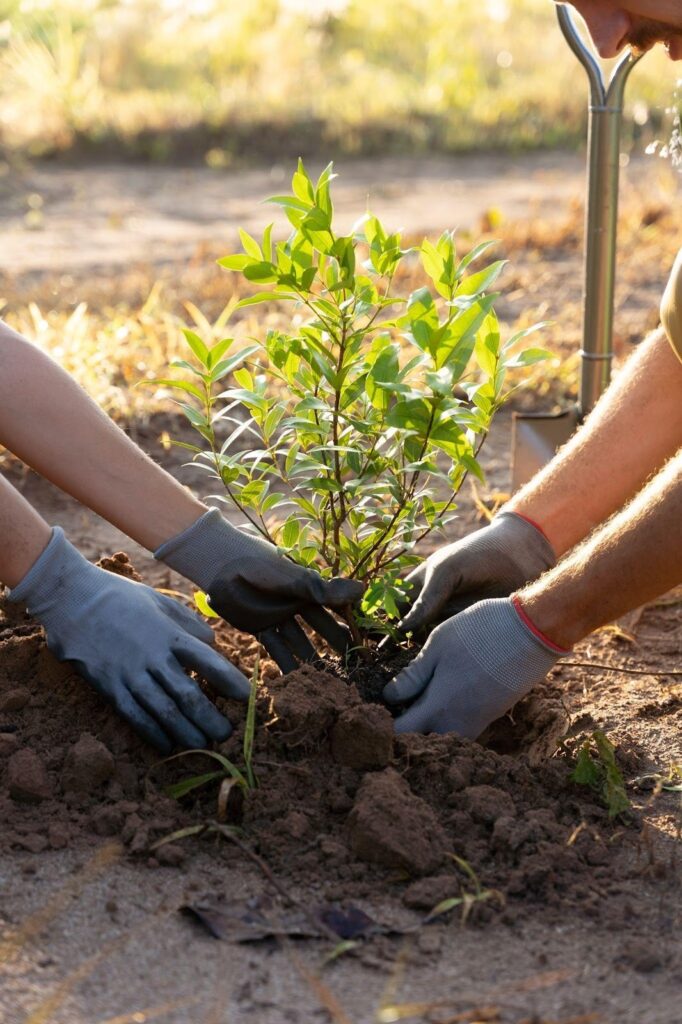
| “Trees planted the right way can grow well in Scottsdale’s tough climate.” |
2. Planting Too Deep Or Too Shallow
Planting too deeply is one of the most common mistakes. The root flare — where the trunk widens at the base — must remain above soil.
Why Depth Matters
Planting depth is critical to a tree’s success. The root flare, where the roots begin to spread at the base of the tree, should be at or slightly above the soil surface. Planting too deep can suffocate the roots, while planting too shallow exposes roots to sun and wind, causing dehydration.
Signs Of Deep Planting
Root flare buried under soil·
Yellow or stunted leaves
Fungal growth at the trunk base
When buried, roots cannot breathe. Water may pool around the trunk. Fungi and rot develop quickly. Trees become stressed and fail to thrive. In Scottsdale, heavy clay and alkaline soils make deep planting worse.
Correct Planting Technique
- Identify the root flare on your tree before planting—it is usually visible where the trunk begins to widen.
- Carefully place the tree in the hole, keeping the roots spread out naturally.
- Backfill gently with native soil or a soil mixture that retains water but doesn’t suffocate the roots.
Fixing Depth Mistakes
If a tree has been planted too deeply, remove excess soil until the root flare is visible. For trees planted too shallow, add soil around the roots until the flare sits slightly above the ground. Finally, apply mulch correctly, keeping it 2–3 inches away from the trunk to prevent rot and pests.
Keep the root ball top at or slightly above the soil.
Remove extra soil around the trunk flare.
Water gently to settle the soil, but do not bury the flare further.
Scottsdale Specific Advice
Avoid planting trees too deeply during the monsoon season; heavy rains can compact the soil. Use a soil probe to check root depth. Native species like Palo Verde handle moderate planting errors better, but correct depth still matters.
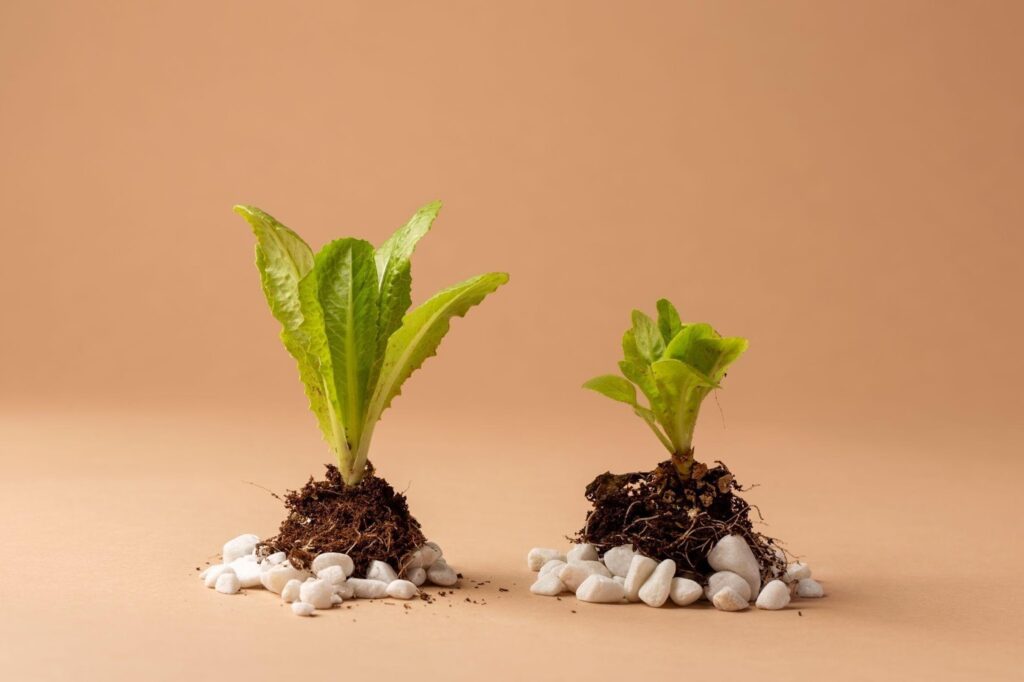
| “Plant at the correct depth for healthy, stress-free roots.” |
3. Poor Soil Preparation
Understanding Scottsdale Soil
Scottsdale’s desert soil is often sandy, alkaline, and low in organic matter. Without proper preparation, young trees can struggle to establish strong roots, which is one of the most common reasons new trees fail.
How To Improve Soil
Before planting, loosen the soil to encourage root growth. Mix in organic matter or compost to increase fertility and water retention. It avoids improving, which can create pockets that restrict roots. A slow-release fertilizer designed for desert trees can also help young trees thrive.
Step-By-Step Soil Preparation
- Dig a hole that’s about twice as wide as the tree’s root ball.
- Mix in 20–30% organic compost with the native soil.
- Test drainage by filling the hole with water; it should drain within 24 hours.
- Backfill gently, ensuring there are no air pockets around the roots.
Getting the soil ready the right way helps the roots take in water and nutrients, which supports strong and healthy growth.
Scottsdale Example:
Many desert yards have compacted clay. Trees planted too narrowly often struggle during the summer. Digging extra width allows roots to grow outward and prevents circling.

| “Scottsdale’s desert soil is often sandy.” |
4. Overwatering Or Underwatering
Signs: Yellow leaves → overwatering and Brown edges → underwatering
Why Watering Mistakes Are Common
Watering can be tricky, especially in a desert climate. Too much water can cause root rot, while too little can stress the tree, resulting in leaf drop and slow growth.
Correct Watering Practices
- Water deeply but infrequently. Young trees typically need 15–25 gallons per week, split into 1–2 deep watering sessions..
- Use a drip irrigation system or slow-soak method for consistent watering.
- Check soil moisture by sticking your finger 2–3 inches into the soil; if it feels dry, it’s time to water.
Seasonal Adjustments
- Summer: Water more frequently due to heat and evaporation.
- Fall and Winter: Water less to avoid root rot.
Signs Of Improper Watering
Underwatered trees may have wilting leaves, yellow foliage, or leaf drop. Overwatered trees may show mushy soil, foul odor, or fungal growth.
Scottsdale Specific Advice
During the monsoon season, reduce watering.
In summer, water early morning or late evening to reduce evaporation.
Choose drought-tolerant species to minimize watering stress.
Extra Tips
Use drip irrigation or slow-release watering.
Check the soil 2–3 inches below the surface before watering.
Adjust for heatwaves or storms.

| “Watering can be tricky, especially in a desert climate.” |
5. Mulching Mistakes
Mulch is vital for conserving moisture, stabilizing soil temperature, and suppressing weeds. However, improper mulching can harm your tree. Mulch is essential. It retains soil moisture. It suppresses weeds. It regulates soil temperature.
Common Mistakes
Many people make mistakes like piling mulch up against the tree trunk (called “volcano mulching”) or using mulch that dries out or packs down too fast.
Correct Mulching Practices
- Apply 2–4 inches of mulch around the tree, extending to the drip line.
- Keep mulch 2–3 inches away from the trunk.
- Replenish mulch annually, ensuring the soil at the tree’s base remains visible.
How To Fix It
Spread 2–3 inches of mulch around the tree.
Keep 2–3 inches away from the trunk.
Extend mulch to the tree’s drip line if possible.
Extra tips
Organic mulch improves soil health as it decomposes.
Replenish mulch each season.
Avoid mulch touching the trunk to prevent rot.
Mulch keeps roots cool during Scottsdale’s hot summer.
Scottsdale Example:
Desert yards often have compacted soil. Mulch helps improve water retention. Trees like Desert Willow benefit from extended mulch coverage. Mulch also protects soil from extreme temperature swings
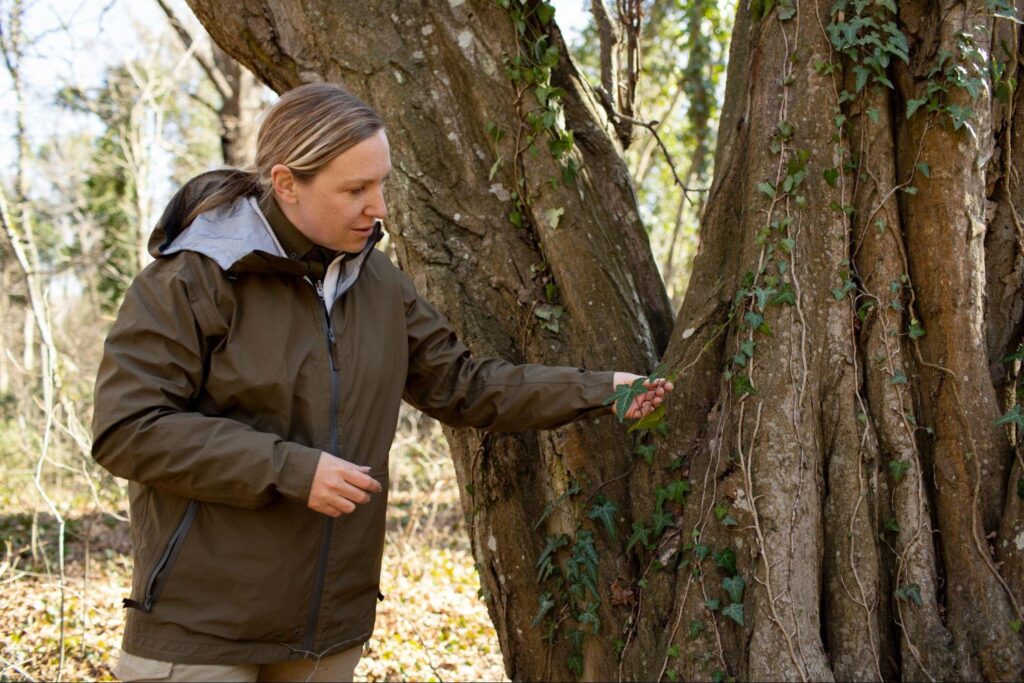
| “Mulch is vital for conserving moisture.” |
6. Planting In The Wrong Location
Trees need sunlight, space, and proper drainage to thrive. Planting in the wrong spot can stunt growth or cause early death. Location matters. The right spot ensures tree survival.
Factors To Consider:
- Sunlight: Full sun trees need 6–8 hours of direct sunlight.
- Space: Ensure adequate canopy and root room.
- Drainage: Avoid low areas where water collects.
Watch your yard throughout the day to see which areas get wind. Avoid planting trees too close to buildings, power lines, or other big trees.
How To Fix It
Check mature tree size before planting.
Consider sunlight, drainage, and wind exposure.
Avoid utility lines and septic areas.
Extra Tips
Heat-tolerant species thrive in full sun.
Shade trees can reduce home cooling costs.
Proper spacing reduces disease risk.
Scottsdale Example:
Many yards plant trees too close to walls or patios.
Mesquite and Palo Verde trees need room to spread.
Avoid planting near roads where salt or runoff may affect growth.
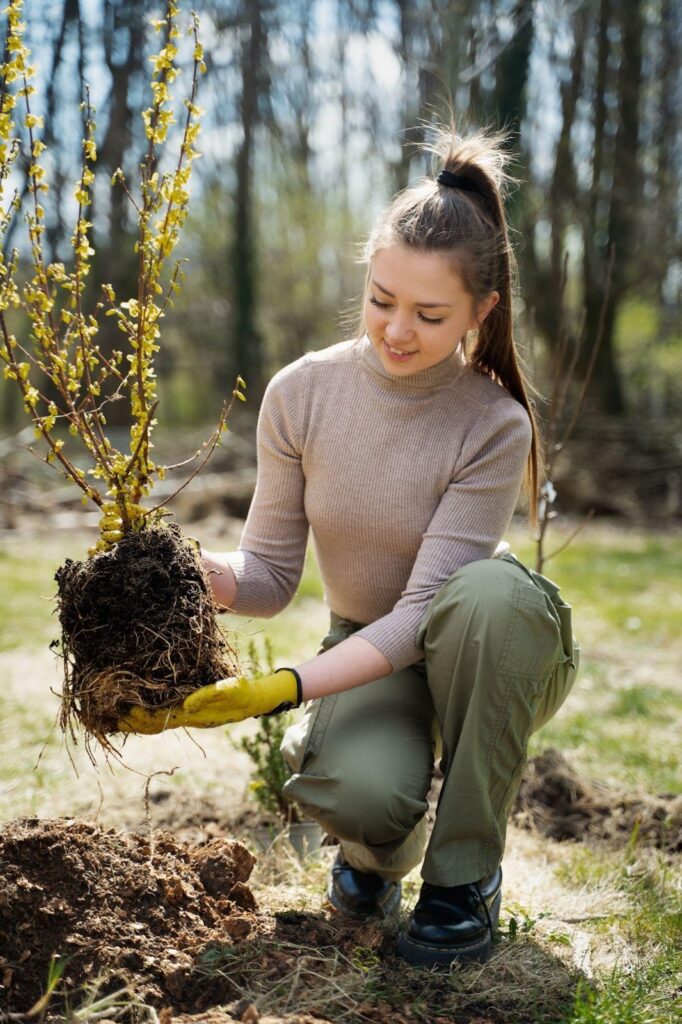
| “Planting in the wrong spot can stunt growth or cause early death. Location matters.” |
7. Improper Support Systems
Young trees sometimes need stakes for support, but incorrect staking can damage the tree.
Best Practices:
- Use soft ties or straps, not wire, to prevent bark damage.
- Stakes should stabilize, not restrict, trunk movement.
- Remove stakes after 6–12 months to allow the trunk to strengthen naturally.
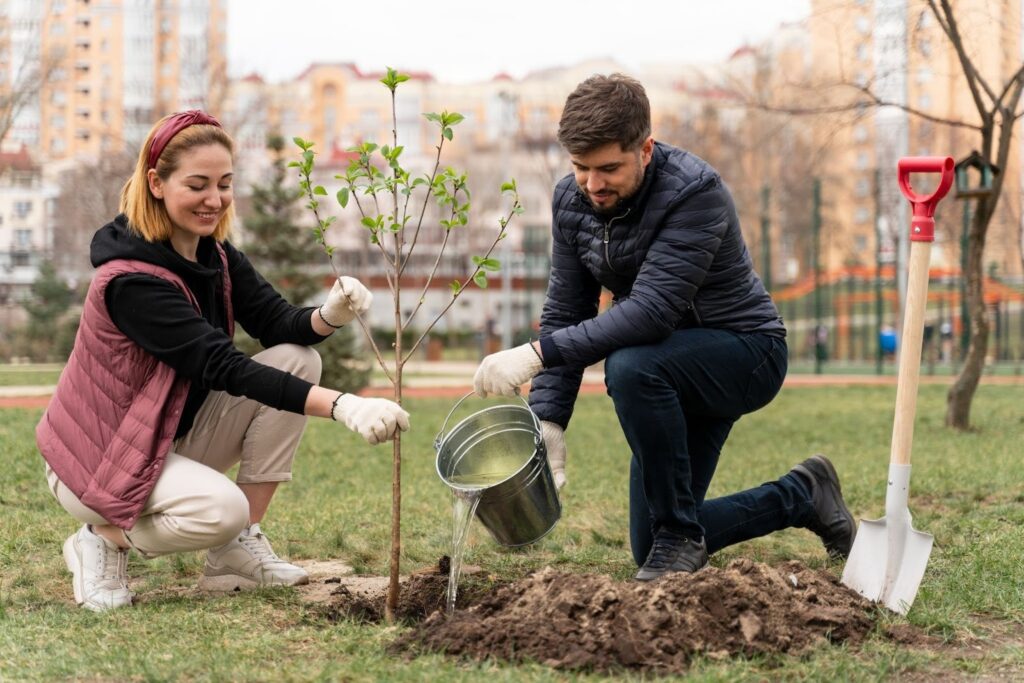
| “Young trees sometimes need stakes for support, but incorrect staking can damage the tree.” |
8. Pests And Diseases
Scottsdale trees are susceptible to pests like borers, aphids, and caterpillars. Left untreated, infestations can weaken or kill trees.
Prevention:
- Inspect trees regularly.
- Use insecticidal soap or neem oil for minor infestations.
- Keep trees healthy with proper watering and pruning.
- Consult an arborist for severe infestations.
Common Mistakes:
High-water trees like maple or elm
Species sensitive to alkaline soil
Trees prone to pests or local diseases
How To Fix It
Choose drought-tolerant species such as:
Palo Verde, Mesquite, Ironwood, Desert Willow. Consider mature size, growth rate, and maintenance needs. Consult a local arborist before planting.
Extra Tips
Native species survive better with less water.
Mix species for a resilient landscape.
Avoid ornamental trees that require frequent irrigation.
Scottsdale Example:
Mesquite and Desert Willow thrive with minimal water.
Palo Verde trees provide shade while surviving harsh summers.
Native species attract local wildlife and improve biodiversity.
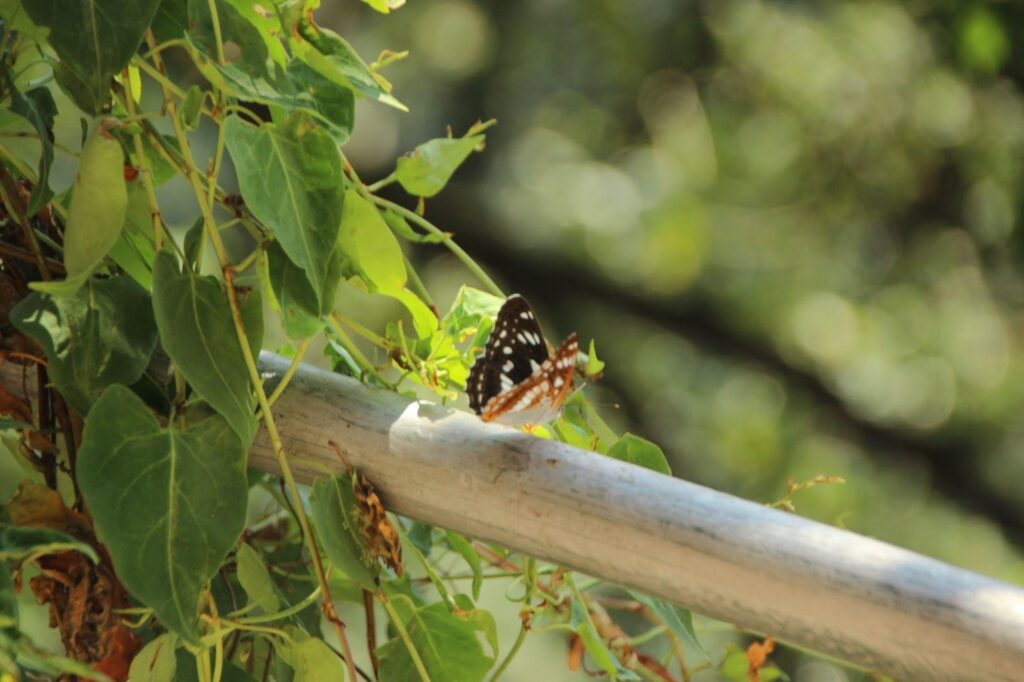
| ‘Scottsdale trees are susceptible to pests like borers, aphids, and caterpillars.” |
9. Pruning Mistakes
Pruning is important for keeping trees healthy and well-shaped. Pruning needs to be done carefully. Cutting too much, topping, or making wrong cuts can hurt the tree. Doing it at the right time and in the right way helps the tree stay healthy.
Tips:
- Remove only dead, damaged, or crossing branches in the first year.
- Make clean cuts just outside the branch collar.
- Avoid topping; prune to maintain natural shape and structure.
Common Mistakes
Pruning during the growing season
Removing too much at once
Cutting the main leader unnecessarily
How To Fix It
Prune in the dormant season (late winter/early spring).
Remove dead or damaged branches first.
Maintain the central leader for a strong structure.
Extra Tips
Avoid topping trees.
Use sharp, clean tools to prevent disease.
Monitor new growth for stress or disease.
Scottsdale Example:
Young trees often experience sunburn if over-pruned.
Pruning too much reduces shade in summer, increasing water stress.
Proper pruning encourages long-term structural strength.
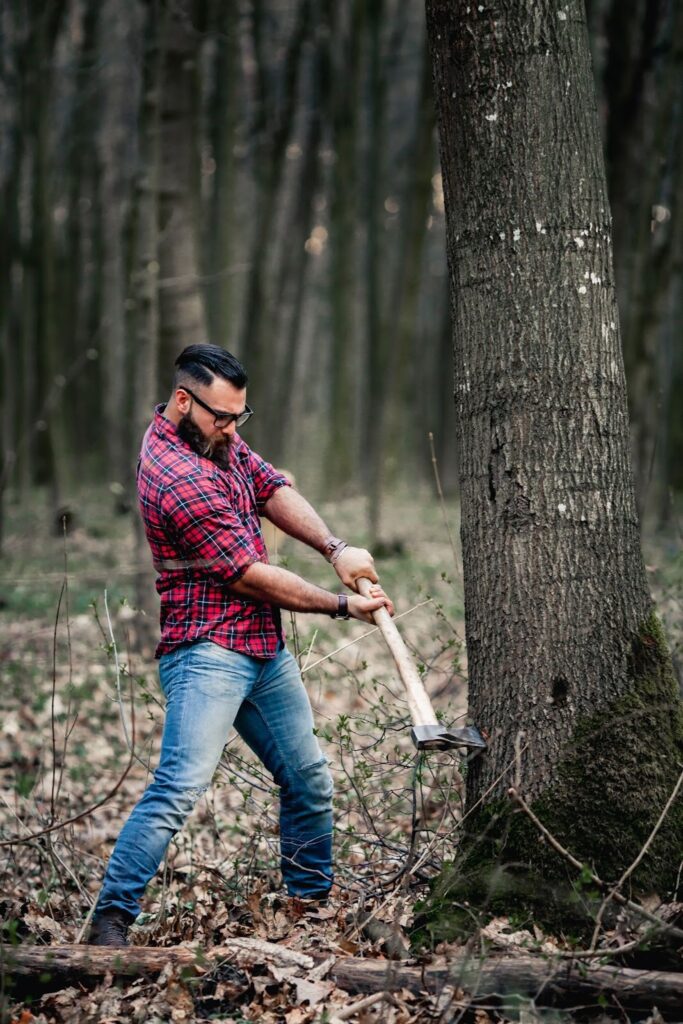
| “Pruning is important for keeping trees healthy and well-shaped.” |
10. Relying Solely On Irrigation Systems
Automatic irrigation systems are convenient, but they may not always water adequately or evenly. Supplement with manual deep watering during extreme heat and adjust for seasonal needs.
To ensure your new trees thrive, it’s essential to combine irrigation systems with manual deep watering:
Check Soil Moisture Regularly:
Stick your finger or a moisture probe 6–12 inches into the soil around the root zone. If the soil feels dry at this depth, it’s time to water. Even if your irrigation system is running, manual watering may still be needed.
Deep Watering:
In very hot or dry weather, water your tree slowly and deeply. Make sure the soil under the tree and a little beyond is fully wet. Deep watering helps roots grow stronger and deeper, so the tree can handle heat and drought better.
Adjust Watering Seasonally:
- Summer: Water your trees more often and give more water because heat makes the soil dry faster, and trees lose water quickly.
- Fall: Begin tapering water as temperatures cool.
- Winter: Water minimally, just enough to keep the root zone slightly moist for desert-adapted species.
Check Your Irrigation: Regularly look at your sprinklers or drip system to make sure they are working. Sometimes they get clogged, move, or don’t water evenly, leaving dry spots near the roots.
Add Extra Water in Extreme Weather: In very hot, windy, or dry times, automatic systems may not provide enough water. Use a hose or soaker hose to water your trees deeply and thoroughly.
11. Monitoring Tree Health
Regular monitoring is key, especially during the first 3–5 years. Look for discolored leaves, stunted growth, or wilting branches. Adjust water, mulch, or treatment as needed, and consider keeping a care journal to track your tree’s progress.
Scottsdale Example:
Summer heat increases water needs.
Monsoon storms can damage branches.
Regular inspection prevents small problems from becoming fatal.
12. Consulting Professionals
An arborist can check the soil and planting conditions and suggest the best tree types. They can also treat pests and help the tree grow with a strong, proper structure.. Their expertise increases survival rates and ensures long-term health.
Planting and caring for trees may seem simple, but Scottsdale’s desert climate presents unique challenges. Even experienced homeowners can make mistakes that harm young trees. A certified arborist can really help. They are trained experts in taking care of trees. They understand how trees grow and what they need to stay healthy. They know about desert soil, how to water trees properly, and how to manage pests. They are also skilled in the right pruning techniques. Hiring an arborist can greatly improve the survival of newly planted trees. They give advice specific to your property, helping trees grow strong and live longer instead of struggling or dying early.
13. Seasonal Care Guide
Caring for trees in Scottsdale requires understanding the desert’s unique seasonal challenges. Each season brings different stresses—extreme heat, occasional cold snaps, and dry conditions. Taking care of your trees each season helps them stay healthy and grow strong. It also helps them survive the harsh desert conditions.
Spring Care
Spring is the season of renewal and growth. After the cooler winter months, your trees are preparing to put out new leaves and develop strong roots. Deep water before summer, fertilize for growth, and prune damaged branches.
Summer Care
Summer in Scottsdale is very hot, often over 110°F. Trees can struggle in this heat, so taking care of them in summer is very important. Water more frequently, monitor for heat stress and pests, and replenish mulch.
Fall Care
Fall marks the transition from extreme summer heat to cooler winter conditions. Trees begin to slow their growth and prepare for dormancy. Gradually reduce watering, prepare for cooler weather, and check for pests.
Winter Care
Winters in Scottsdale are mild compared to many places. Sudden cold snaps can still harm young or sensitive trees. In winter, the focus is on protecting them and doing only necessary care. Minimal watering, protect sensitive species from cold, and prune if necessary.
14. Desert Tree Species Guide
| Tree | Water Needs | Mature Height | Benefits |
| Desert Willow | Low | 15–30 ft | Beautiful flowers, drought-tolerant |
| Palo Verde | Low | 25–35 ft | Shade, green bark |
| Mesquite | Low | 20–40 ft | Nitrogen-fixing, shade |
| Acacia | Low | 15–25 ft | Fast-growing, ornamental |
| Ironwood | Low | 20–30 ft | Extremely drought-tolerant |
| Texas Ebony | Low | 15–25 ft | Dense foliage, ornamental |
15. Troubleshooting Common Problems
Even with proper planting and care, young trees in Scottsdale can sometimes show signs of stress. Spotting problems early helps protect your trees. Fixing the root causes keeps them healthy for a long time. Here’s a detailed guide to common issues and how to fix them.
Yellow leaves: Check water, soil pH, and sun exposure.
Branch dieback: Inspect for pests, disease, and water stress.
Poor growth: Evaluate soil, nutrients, planting depth, and sunlight.
Yellow leaves, branch dieback, and poor growth are common warning signs, but they don’t have to be fatal. Watch your trees closely, find the main problem, and act quickly. This helps them get healthy again and grow well in Scottsdale’s tough desert climate.
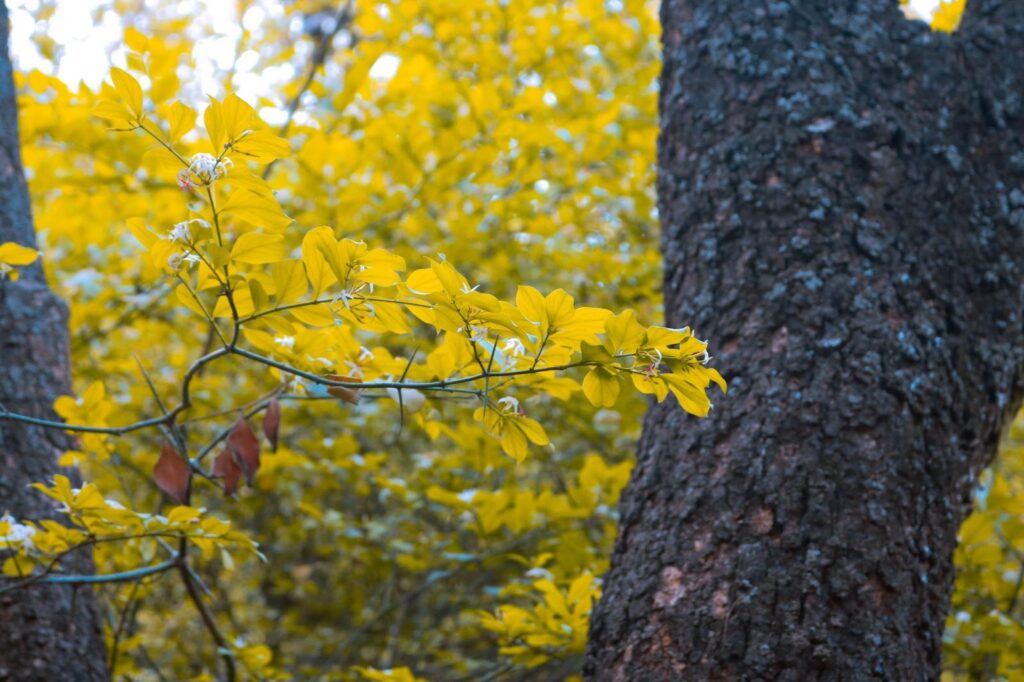
| “Yellow leaves, branch dieback in Scotsdale.” |
Conclusion
Planting a tree in Scottsdale is a long-term investment for your home and yard. Choosing the right tree is very important. You should plant it properly, prepare the soil, water it correctly, and mulch around it. Trim the tree, check for pests, and ask experts for help. This will keep your trees strong and healthy.
Key takeaways:
Choose native or desert-adapted trees.
Plant at the correct depth with proper soil preparation
Planting a tree in Scottsdale is rewarding. Mistakes can kill young trees.
Follow These Steps:
Plant at the correct depth.
Dig wide holes.
Remove burlap and wire.
Water properly.
Mulch correctly.
Choose the right location and species.
Prune and stake as needed.
Inspect and care regularly.
These steps help trees survive heat, drought, and storms. Your yard looks beautiful. Property value increases. The environment benefits.
For professional assistance, contact AZ Tree Doctor. We provide planting, pruning, and tree care services across Scottsdale and the Greater Valley.
Call-to-Action: Phone: 480-970-1315 Email: sales@aztreedoctor.com
Tags: #Planting trees in Scottsdale #Caring for desert trees #Common tree mistakes
#Trees in Arizona #Trees that grow in the desert#Scottsdale tree care guide#How to plant trees in the desert#Landscaping tips for Scottsdale#Helping young trees survive
Comments are closed